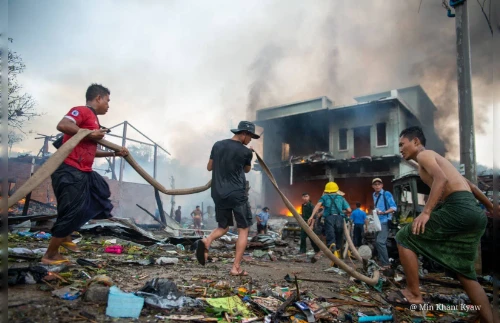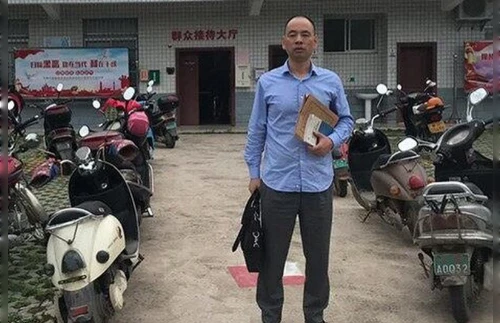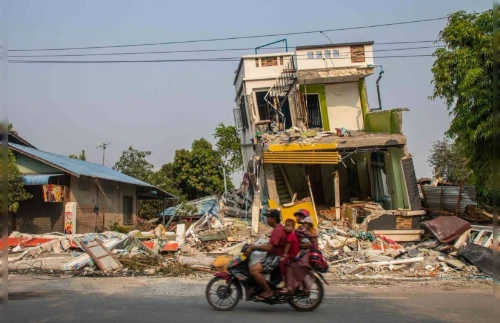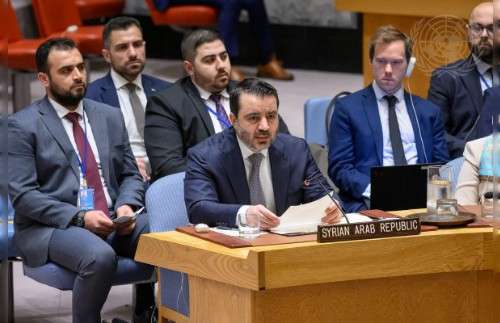Myanmar’s junta has been accused of withholding emergency assistance and preventing rescue efforts.
By RFA Burmese
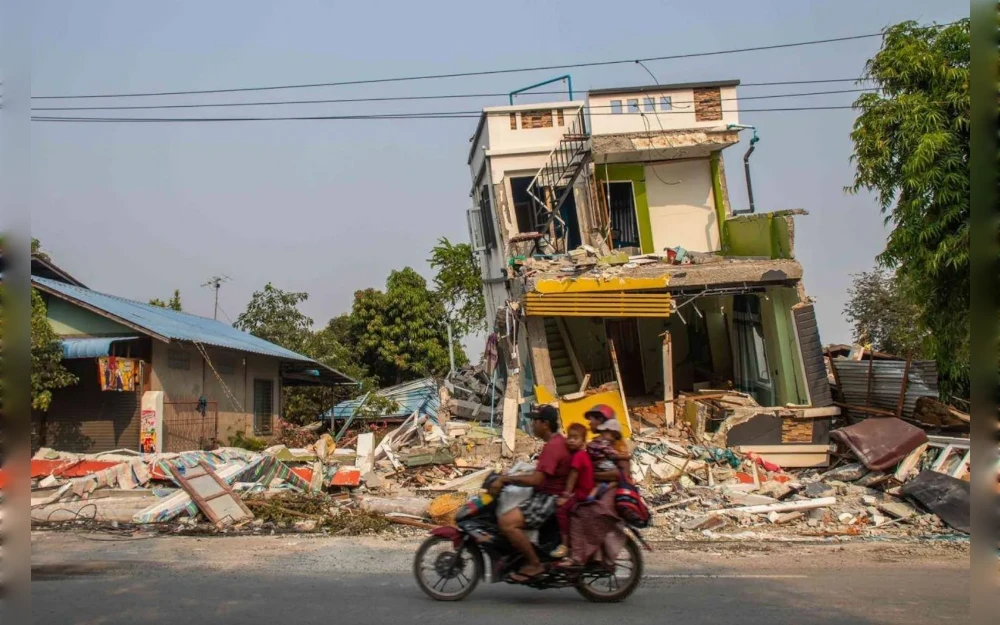
Some families have waited one month, hoping to receive critical aid in the aftermath of Myanmar’s earthquake, which killed over 3,700 people, victims and aid groups told Radio Free Asia.
Myanmar’s military has been accused of hampering aid efforts by preventing international and local rescue groups from entering earthquake-stricken areas and demanding that groups distribute essential items like food and temporary shelter through junta officials.
One resident in Mandalay, the country’s second-largest city and close to the epicenter of the earthquake, said he hadn’t received any aid since his house collapsed.
“Because of the aftershocks, we can’t go back. Up until today, we’ve been sleeping on the side of the road. Yesterday, there were more aftershocks and we’ve been on edge,” he said, declining to be named for fear of reprisals.
“I want to say especially that we have not gotten any type of help listed from officials at the ward, township or district level. We haven’t gotten even one bottle of water or one wafer of biscuit – that’s the honest truth.”
Recovery from the March 28 earthquake has been hampered still further by hundreds of airstrikes by Myanmar’s military, which have killed over 160 people across the country, according to data compiled by Radio Free Asia..
Residents sleeping outdoors have also been subject to monsoon rains, extreme heat and unpredictable weather, adding to the predicted public health crisis.
In crowded areas, aid groups who have been permitted entry don’t have enough food for all the victims, said the Mandalay resident.
Aid organizations from 29 countries were operating in Myanmar until April 20, providing more than 3,700 tons of relief supplies, said junta spokesperson Maj. Gen. Zaw Min Tun on state-owned broadcaster MRTV.
All available supplies, except for “a few shelters and raincoats” had been distributed in earthquake-affected areas of Naypyidaw, the country’s capital, as well as in Mandalay region, Sagaing region and Shan state, he said on Wednesday.
On the ground, victims have only been able to receive aid from the United Nations Development Programme, or UNDP, said one volunteer who was himself affected by the earthquake in Mandalay region’s Pyawbwe town.
“UNDP is the only one who arrived with household items, shelters, power banks, solar lights, canned fish, red beans, clothing, women’s items and medical kits,” he said, refusing to be named for security reasons.
He said the junta collected lists of the dead and those affected by the earthquake, but victims haven’t received any help. Rescue teams reported at least 300 people died in Pyawbwe town alone.
Residents in other areas of Mandalay region and Sagaing region, as well as parts of the country with a strong junta presence, like Shan state’s Inle region and the capital of Naypyidaw, also say they have faced limited aid as a result of poor systematic distribution, rescue committee volunteers said.
But the junta denied claims of mismanagement.
“For those who have faced destruction, the amount must be assessed and aid will be apportioned based on what’s decided by government organizations,” said Lay Shwe Zin Oo, director of the Disaster Management Department of the military’s Ministry of Social Welfare.
“If they haven’t gotten it yet, they should contact their general administrators and negotiate an amount of aid,” she said, adding that many victims had not registered for aid yet.
Over 5,100 people were injured in the earthquake and more than 100 are still missing, according to the latest data from Myanmar’s military. As of April 24, nearly 64,000 houses were destroyed, affecting some 629,000 people.
Translated by Kiana Duncan. Edited by Taejun Kang and Mike Firn.
“Copyright © 1998-2023, RFA.
Used with the permission of Radio Free Asia,
2025 M St. NW, Suite 300, Washington, D.C. 20036.
https://www.rfa.org.”









